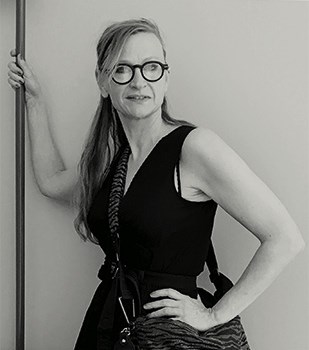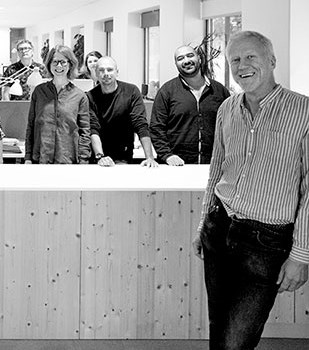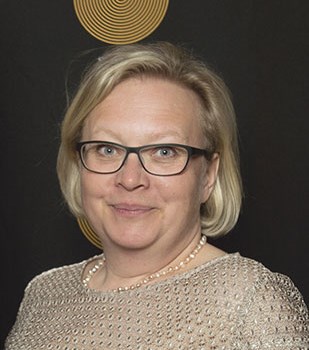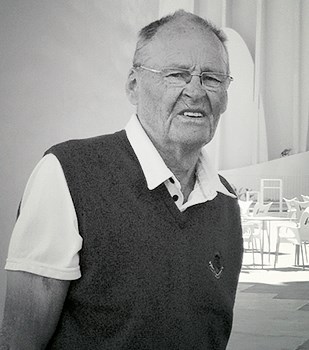Swedish wood research has continued, uninterrupted, for 75 years. It began in the early 1940s with departments for various disciplines, including wood technology. This changed in the mid-2010s, when wood research was incorporated into other fields within RISE Research Institutes of Sweden. In the intervening years, the research was organised in a variety of ways within the Swedish Wood Research Institute, the Swedish Institute for Wood Technology Research (Trätek) and SP Wood Technology.
A certain amount of wood technology research had previously been conducted at certain universities, including KTH Royal Institute of Technology and Chalmers University of Technology. In fact, a history with the working title ‘75 Years of Swedish Wood Technology Research’ is currently in production.
The research initially focused mostly on product properties and processes, and this has continued using increasingly sophisticated methods. Issues concerning applied technology were not addressed until the 1970s and 80s. The dominant sawmill industry once considered construction issues not to be their concern. Interest only really took off when Sweden lifted its ban on buildings of more than two storeys with a wooden structural frame in the mid-1990s, as part of a change to fire regulations. Environmental issues also became a key feature at around the same time.
The research has resulted in both practical tools for direct application in production and theoretical studies that have been able to drive up the use of wood. Examples of industrial applications include tools for sorting, drying and scanning that have been installed across the industry. Handbooks have been developed, primarily for the construction industry, which has not been used to working with and building in wood. Dissemination of knowledge has always been of key importance.
European collaborations began early on and have been vital not least in developing standards that have become mandatory since joining the EU. By being ahead of the curve, Sweden and Norway have been able to push through their approach to wood. This applies in particular to the European construction regulations set out in the Eurocodes, where Swedish experts continue to play a leading role, above all in the area of fire safety.
The results of wood research have been documented in thousands of publications of various kinds. Research in the public domain has recently been digitalised by Swedish Wood, with the support of the Troedsson Foundation, and made available via the wood research portal at traguiden.se/forskning. The portal remains a work in progress.


























